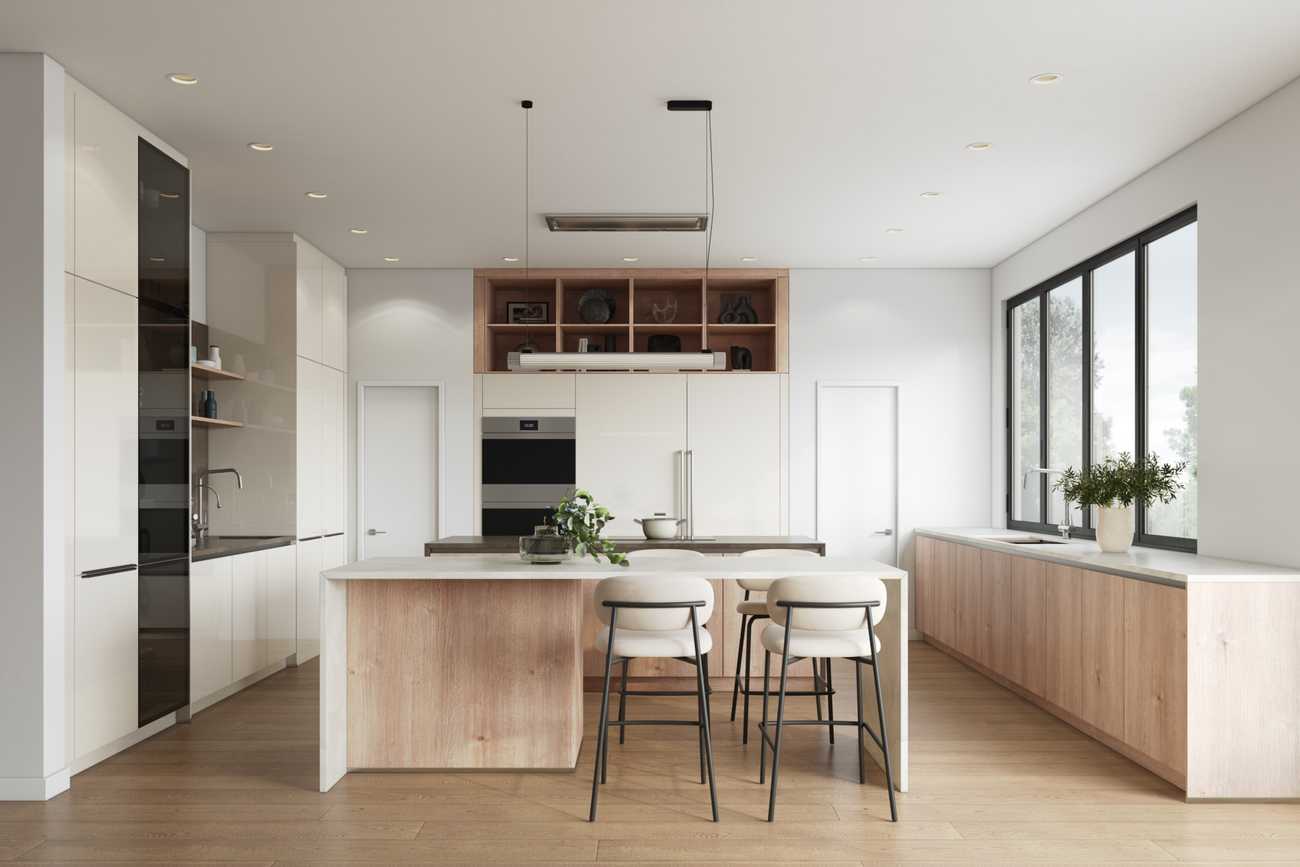Design
Key Differences Between German and American Kitchens
Ever wondered why German kitchens have such a stellar reputation? Just like the precision engineering of a German luxury car compared to its American counterpart, German kitchens showcase distinctive qualities that set them apart. Let's dive into the key differences between German and American kitchen design approaches.
Nestor Lobato
February 16, 2025

Design Philosophy
German kitchen design embraces the principle of "form follows function," prioritizing clean lines and purposeful design. As highlighted in our deep dive into German kitchens, this approach focuses on creating spaces that are both beautiful and highly functional.
American kitchens, in contrast, often lean towards a more decorative style with ornate details, crown molding, and visible hardware. While beautiful in their own right, they typically prioritize traditional aesthetics over streamlined functionality.

Cabinet Construction
The difference in cabinet quality is perhaps the most striking distinction. German cabinets are engineered with:
- Precise manufacturing tolerances
- Moisture-resistant materials
- Seamless joints and edges
- High-density engineered wood cores
- Premium hardware systems
These qualities result in cabinets that maintain their integrity for decades, backed by warranties that often extend to 25 years. American cabinets, while improving in quality, traditionally use less robust materials and simpler construction methods.

Storage Solutions
German kitchens excel in storage innovation. As discussed in our guide to streamlining modern kitchens, German design offers specialized solutions for every storage need:
- Corner cabinets with full accessibility
- Pull-out pantry systems
- Integrated waste sorting units
- Customizable drawer organizers
- Vertical storage solutions

Hardware and Mechanisms
The hardware in German kitchens feels different—there's a weightiness and precision to every movement. Drawers glide smoothly, doors close silently, and mechanisms operate flawlessly for years. This attention to detail creates an experience similar to closing the door of a high-end German car—solid, precise, and satisfying.

Environmental Considerations
German manufacturers typically lead in environmental responsibility with:
- Sustainable material sourcing
- Energy-efficient production processes
- Recyclable components
- Low-emission materials

Longevity and Value
While German kitchens often require a higher initial investment, they typically offer better long-term value. Their durability means they maintain their functionality and appearance for decades, reducing the need for replacements or repairs.

Integration and Technology
German kitchens typically feature more integrated solutions, hiding appliances and storage behind seamless panels. This creates a more unified, architectural look compared to the more appliance-forward approach common in American kitchens.
Understanding these differences helps inform better decisions when planning a kitchen renovation. While both styles have their merits, German kitchens offer distinct advantages in terms of durability, functionality, and long-term value - qualities that are increasingly important to modern homeowners.
